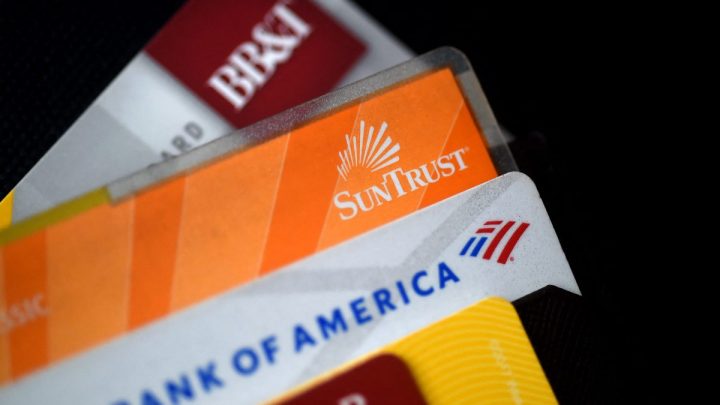
Americans have almost $990 billion in credit card debt

Americans have a record amount of credit card debt right now — close to $990 billion, according to recent Fed data. It makes sense that people borrowed more in recent months, with prices going up at a quick clip and wages growing less briskly.
But now with interest rates rising, money is becoming more expensive to borrow and credit markets are tightening generally.
Remember back at the beginning of the pandemic, when the federal government sent out stimulus checks to lots of people? Well, we spent them and didn’t use our credit cards so much. So lenders decided to find new customers.
“We saw lenders come back into the market in a big way, open up the consumer credit spigot, including making a lot of credit available for the first time in a while to riskier borrowers,” said Charlie Wise, senior vice president of research and consulting at the credit bureau TransUnion.
Between early 2021 and mid-2022, about 10 million people got credit cards who hadn’t had them before. Then, while everything from coffee to airplane tickets went up in price, people relied on credit to keep buying those things.
“People are usually very reluctant to quickly change their living standards, so they usually use credit for a while,” said Steve Blitz, chief U.S. economist for TS Lombard.
Now, Blitz said that as consumers eyeball those high balances made higher by rising interest charges, they’ll start cutting back — which could have a negative impact on the economy.
“If you get to the part of the economy, which is discretionary spending — the stuff that we like to buy and shove into our closets — then that’s about 25, 30% of GDP, which is still very, very large,” he said.
When people start spending less, Blitz added that that’s usually a sign of a recession.
Of course, it’s possible that reduced consumer demand could play out in a more benign way, points out HSBC economist Ryan Wang. “If businesses see that consumer sales are beginning to cool off, well, there is some ability to either forego further price increases, or even in some cases, reduce prices,” he said.
That would help tame inflation. Wang also notes that the labor market continues to be resilient — which is one of the most important factors in consumer spending.
There’s a lot happening in the world. Through it all, Marketplace is here for you.
You rely on Marketplace to break down the world’s events and tell you how it affects you in a fact-based, approachable way. We rely on your financial support to keep making that possible.
Your donation today powers the independent journalism that you rely on. For just $5/month, you can help sustain Marketplace so we can keep reporting on the things that matter to you.











